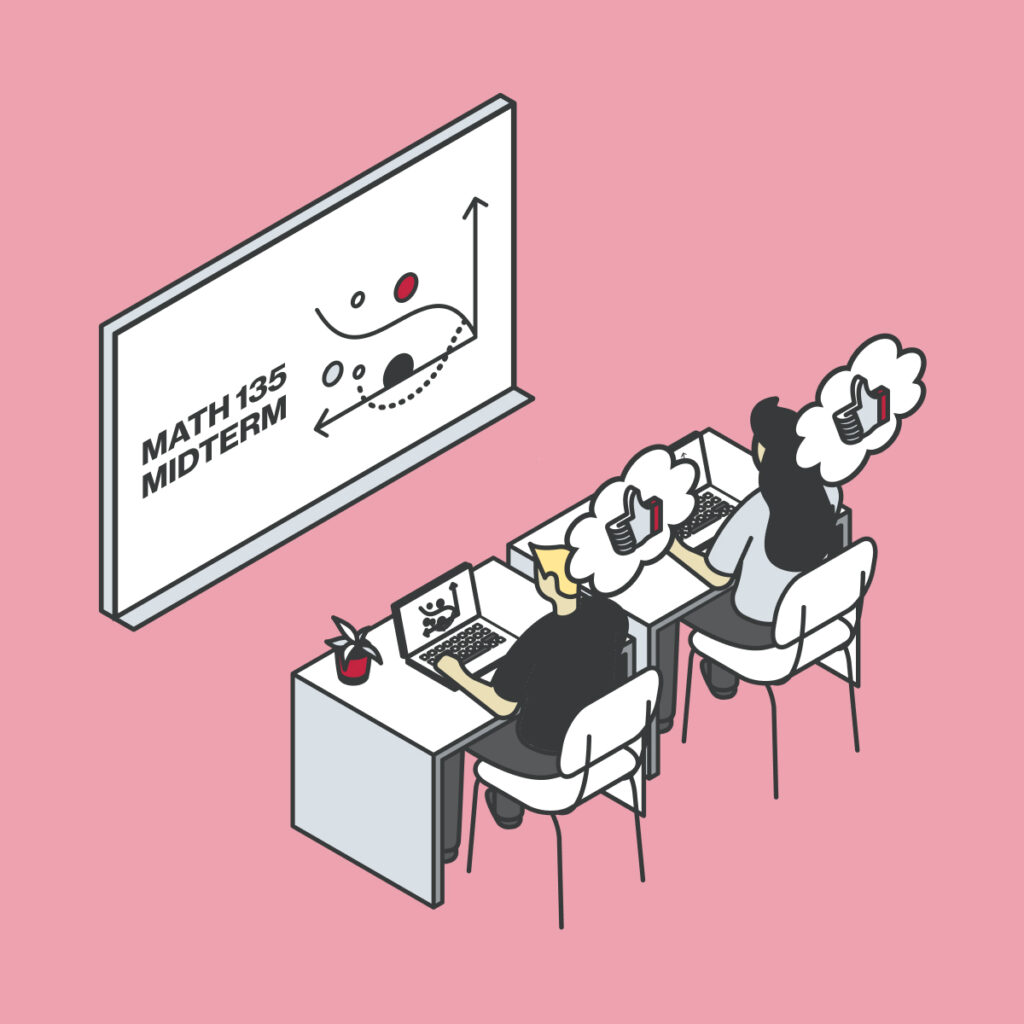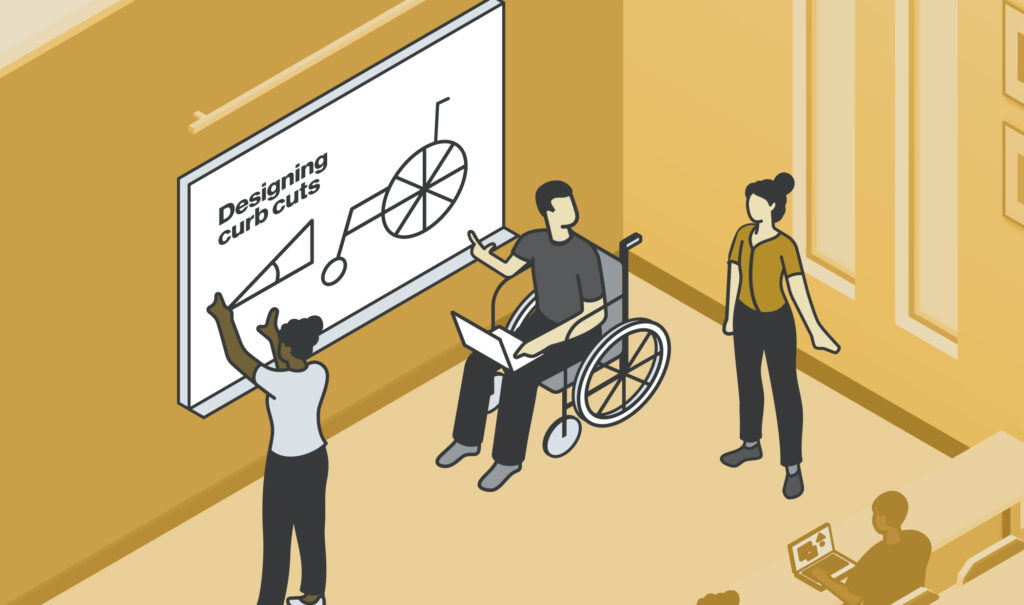Share the ‘why’ and ‘how’ behind instructional decisions

Transparency as a teaching practice results in students receiving explanations of the ‘why’ and ‘how’ behind instructional expectations, practices, and choices.
Instead of relying on unspoken norms and unquestioned authority in the professor, transparency ensures that students understand what is required of them, how to succeed in the class, and why assignments and activities are being done. As a result, students are more likely to be engaged and motivated and less likely to perceive the professor’s choices as arbitrary or confusing.
How Instructional Transparency can be Digitally-Enabled
Digital tools can enhance instructional transparency. Platforms like Learning Management Systems (LMSes) allow instructors to make learning outcomes, syllabi, assignment, rubrics, and feedback channels easily accessible. Video tutorials, recorded lectures, interactive tools, discussion boards, and real-time chats can support greater accessibility and communication between students and instructors, allowing for questions and points of clarification to easily be surfaced. By leveraging digital tools for instructional transparency, instructors can more easily ensure that students understand the rationale behind their instruction and that the pathway to success is clearly laid out for all students.
Key Dimensions of Instructional Transparency
Showing the ‘why’
This element of instructional transparency involves professors clearly articulating the reasons behind their instructional choices. Professors explain to students why specific activities, assignments, and assessments are included in the course, helping students understand the purpose and relevance of learning experiences.


Explaining the ‘how‘
This element of instructional transparency involves instructors demonstrating how the course materials, activities, and assessments are relevant to the overall course outcomes. Professors provide students with a clear understanding of how each component of the course contributes to achieving the intended learning goals, helping students see the connection between what they are learning and the broader course objectives. This clarity empowers students to navigate the learning process with a sense of purpose and direction.
Ensuring students know what is required of them
By communicating learning goals, assessment criteria, and assignment guidelines in a straightforward manner, instructors can establish clear, accessible expectations for their course. This clarity enables students to have a defined pathway to success, understand what is required of them, and engage more effectively in the learning process. This process encourages professors to identify pathways and opportunities to access different avenues of support both in class and on campus.

Instructional Examples
The Instructional Example Library features a wide range of digitally-enabled examples sourced directly from instructors who are using technology to implement evidence-based teaching practices in their courses. These examples focus primarily on math, chemistry, and statistics gateway courses, but are applicable across disciplines.
Have an Example of Your Own?
Help us build our Instructional Example Library! We are looking for contributions from higher education instructors across disciplines who use technology to enable evidence-based teaching practices. To learn more and to submit an example, please visit the form page linked below. Thank you for helping us support the field.

Join the Transform Learning Community of Practice
Join us this Fall for the Transform Learning Community of Practice, an 8-week learning community for Math faculty. Participants will engage in synchronous and asynchronous discussions on the eight digitally-enabled, evidence-based teaching practices, share insights and experiences, and learn from math faculty peers. Participants are eligible for a stipend upon completion of the community of practice.
Further Reading
- University of Colorado Boulder’s Center for Teaching and Learning offers a guide that professors can use to incorporate rubrics for peer review and assessment.
- Professors can use the Transparency in Teaching and Learning Higher Ed (TILT) framework to ensure lessons and activities connect to their intended learning outcomes.
- The Center for Urban Education at USC’s Rossier School of Education developed this Example Syllabus that enables professors to create asset-based and equity-minded syllabi using welcoming language, wide representation of voices, and other techniques.






